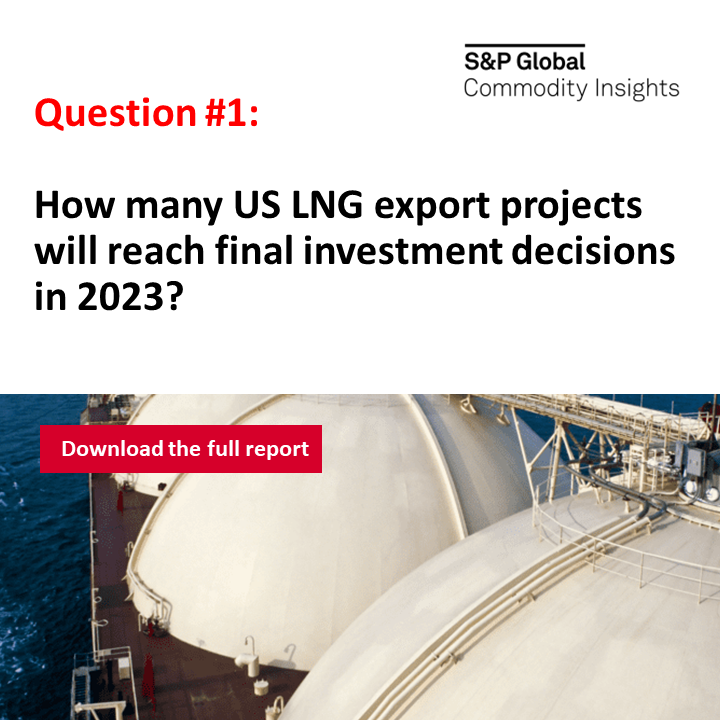Southeast Asia production falling, imports to rise in the outlook
Southeast Asian regional LNG imports are roughly 500,000 tons higher through the first ten months of 2021 than 2020 over the same period with most of the increase driven by Thailand where domestic production is falling rapidly. On the other hand, imports for Indonesia, Malaysia and Singapore are lower thus far in 2021. Except for Singapore, imports for each country in the Southeast Asian region are forecast to rise in 2022.
Indonesian imports are forecast to rise through 2023 from roughly 4 MMt/y in 2021 to 5.7 MMt/y. Imports for Malaysia are expected to see an increase of 1.6 MMt/y to reach nearly 4 MMt/y in 2022 before rising to 4.7 MMt/y in 2022. The forecast for Singapore calls for a decrease in 2022 to 3.5 MMt/y from 4 MMt/y in 2021. Imports for Thailand are forecast to increase from 6.6 MMt/y in 2021 to 8.4 MMt/y in 2023. The expected increase in imports for Southeast Asia is the result of dwindling domestic production or the result of demand growth outpacing any rise in domestic production. Production fell from 200 Bcm in 2019 to 191 Bcm in 2020 and has been slow to recover in 2021.
|
Advertisement: The National Gas Company of Trinidad and Tobago Limited (NGC) NGC’s HSSE strategy is reflective and supportive of the organisational vision to become a leader in the global energy business. |
For the entire region, production is expected to grow by only 1% per year out to 2023 whereas demand growth is expected between 3% and 4%. The largest decline in domestic production is forecast in Malaysia due to a declining reserve base. Thailand’s gas production is also in jeopardy due to declining reserves and upstream investments. Indonesia is currently facing disruption in the Merakes field due to a sand blockage. Reports indicate that it will take at least half a year to get production back up to 100%, but some production should be restored this month.
The decline in production has led these countries to turn to various sources of LNG to meet demand. Supplies from Qatar and the UAE made up roughly 60% of imports each month in 2020 while the US, Angola, and Nigeria averaged 5%-10% of the market. However, imports from the USA and several other small exporters have increased their share of the market in 2021 as the region looks for greater energy security.
This feature was from the latest edition of Poten & Partner's LNG in World Markets.
The statements, opinions and data contained in the content published in Global Gas Perspectives are solely those of the individual authors and contributors and not of the publisher and the editor(s) of Natural Gas World.




